The Best of Irish Country CookingThe Classic and Contemporary Recipes
Ireland’s rich culinary heritage is being rediscovered.
Written by accomplished Irish food writer Nuala Cullen, The Best of Irish Country Cooking takes a new look at traditional Irish fare. It is filled with mouthwatering, user-friendly recipes, seasonal cooking suggestions, festive Irish traditions, and gorgeous scenes of Ireland’s unspoiled landscapes.With lush photography and over 100 traditional, contemporary, and seasonal recipes, The Best of Irish Country Cooking is an essential guide to classic Irish cooking today.
Ireland’s rich culinary heritage is being rediscovered. Irish food has always been thought of as rustic and filling-hearty comfort food to get you through a cold winter-but a new strand of cooking is emerging, still based on Ireland’s rural heritage and favorite ingredients, but with a modern twist. A new wave of artisanal producers is bringing a variety of high-quality ingredients to a wider market-from the freshest wild salmon and oysters to award-winning marsh-fed lamb, farmhouse cheeses, and whiskey. Delis, supermarkets, and gourmet food stores around the world are stocking and celebrating Irish fare for the first time, and the movement for seasonal Irish home cooking is gaining momentum.
Written by accomplished Irish food writer Nuala Cullen, The Best of Irish Country Cooking takes a new look at traditional Irish fare. It is filled with mouthwatering, user-friendly recipes, seasonal cooking suggestions, festive Irish traditions, and gorgeous scenes of Ireland’s unspoiled landscapes. Seafood and vegetables feature heavily alongside time-honored favorites like Irish Stew, Pork and Apple Pie, and Christmas Pudding in the book’s six chapters (Appetizers, Soups, Mains, Sides and Salads, Desserts, Baking, and Preserves). There’s even an Irish cocktail recipe dating back to the 18th century!
With lush photography and over 100 traditional, contemporary, and seasonal recipes, The Best of Irish Country Cooking is an essential guide to classic Irish cooking today.
Nuala Cullen is a freelance food writer and author of Savoring Ireland, Irish Egg Cookbook and Irish Soups and Breads, as well as numerous newspaper articles. She was a contributing author to Women in Early Modern Ireland. She has a special interest in food in an historical context and has acted as a consultant for television, radio, banquets and various publications. She is also a founding member of the Irish Food Writers Guild. She lives in Dublin with her family.
Hot Cross Buns
Spring Green Soup
Baked Salmon Encrusted with Herbs
Makes 12–14
Hot cross buns are synonymous with Easter in Ireland, though, in fact, they are now thought to predate Christianity. Whatever their origins, they are delicious, especially toasted with plenty of butter. They are incomparably better homemade and, with instant yeast, very easy to make.
1 ½ lb/675 g all-purpose flour
½ oz/15 g envelope of dry yeast
2 teaspoons sugar
1 teaspoon salt
3 teaspoons ground pumpkin pie spice, or to taste
4 tablespoons/55 g butter
1 ¼ cups/300 ml warm milk
1 large egg, beaten
5 oz/140 g dried fruit
2 oz/55 g candied citrus peel
½ cup/110g sugar and 1 ¼ cups/300 ml water, boiled together to form a syrup
Mix together the flour, yeast, sugar, salt, and spice. Soften the butter in the warm milk and add the beaten egg. Make a well in the flour and pour in the liquid, drawing in the flour from the sides and kneading well until a pliable dough has formed (this can be done in a food processor or mixer). Knead in the fruit and peel. Cover the dough with plastic wrap and set aside in a warm, dry place to rise for an hour or so.
Knock the air out of the dough and knead again for a few moments. Divide into 12–14 pieces and shape into balls. Arrange these on oiled baking sheets, cover, and leave to rise for a further 20–30 minutes.
Mix 2 tablespoons of flour and 1 tablespoon of water together and use it to paint a cross on the top of each bun. Preheat the oven to 375°F/190°C. Bake for about 20 minutes (when done, they will sound hollow when tapped underneath). With a pastry brush, paint the buns with the syrup and return to the oven for 5 minutes to set.
Serves 6
Give yourself a spring boost with this green soup using the early shoots of nutrient rich herbs. You can vary the ingredients according to what can be foraged or found in your local grocery store or farmers’ market.
large handful of sorrel leaves
large handful of spinach
handful of young nettles or dandelion greens
heart of a small green cabbage
4 tablespoons/55 g butter
2 onions, finely chopped
2 garlic cloves, chopped
chopped fresh thyme
2 potatoes, peeled and chopped
1¼ cups/1 liter chicken stock, or milk and water
generous ½ cup/150 ml cream
salt and freshly ground black pepper
Wash all the leaves thoroughly in salted water, removing any course stalks or ribs. Keep the nettles separate. Prepare the cabbage in the same way, shake dry, and finely chop.
Melt the butter in a large saucepan and gently sweat the onions, garlic, spinach, cabbage, sorrel, and thyme. Add the potatoes and the stock, or milk and water, and simmer until the potato is soft. Then add the nettles or dandelion greens and cook until they are tender, about 30 minutes.
Purée the soup, add the cream, adjust the seasoning, and serve.
![]() Baked Salmon Encrusted with Herbs
Baked Salmon Encrusted with Herbs
Serves 6-7
For maximum effect and not too much effort, this baked salmon has it all. Ask you fishmonger to split your fish lengthwise into two long fillets. A 3 lb/1.3 kg fish will be enough for 6 with side dishes.
1 inch/2.5 cm cube of fresh ginger
6 canned anchovies, drained
1 stick/110 g butter
3 tablespoons finely chopped fresh parsley
3 tablespoons finely chopped scallions
grated zest of 1 lemon
3–5 lb/1.3 kg–2.25 kg salmon, filleted
about ¾ cup/75 g breadcrumbs made from day-old bread
salt and freshly ground black pepper
FOR THE SAUCE:
3 egg yolks
1¼ cups/300 ml cream
5–6 sorrel leaves, ribs removed, leaves chopped
grated zest of 1 lemon
1 tablespoon fresh chopped cilantro or parsley
Preheat the oven to 325°F/160°C.
Mash the ginger to a paste with the anchovies, 5 tablespoons/75 g of the butter, the parsley, scallions, and grated zest of half the lemon. Butter a sheet of parchment paper that will fit the salmon and use it to line a large baking sheet. Lay one salmon fillet on the paper, skin-side down, and spread with half the herb butter. Lay the other fillet on top, skin-side up, reversing the wide end over the narrow end of the bottom fillet. Spread the remaining herb butter on top. Cover the salmon with the breadcrumbs, patting them down lightly, season well, and dot with the remaining butter.
Bake for 12 minutes per 1 lb/450 g for smaller fish, but a 6–7 lb/2.7–3.2 kg fish will not require more than an hour.
Meanwhile, make the sauce. Season the egg yolks and beat them together. Bring the cream to a boil with the sorrel leaves and lemon zest and cook to reduce for a few moments. Cool slightly, then pour slowly into the yolks, stirring all the time. Return to the saucepan and over a low heat, cook, stirring continuously without allowing it to boil, until the sauce thickens slightly.
When the fish is cooked, use the parchment paper to lift the fish on to a heated serving dish and strain the buttery fish juices into the sauce. Add the cilantro or parsley and serve.
Note: if the sauce shows signs of becoming lumpy, scrape immediately into a blender and purée for a few seconds.


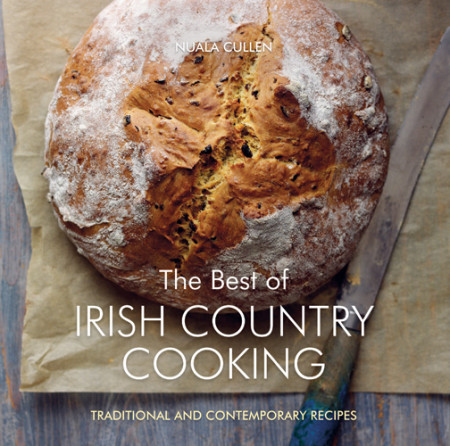




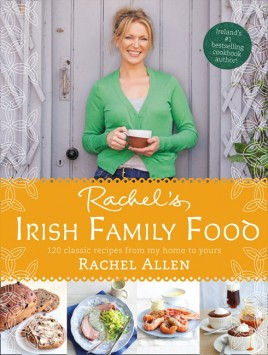
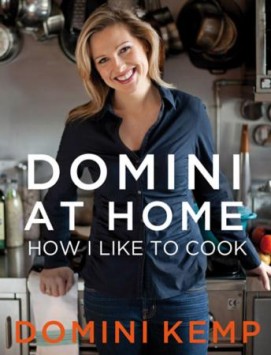
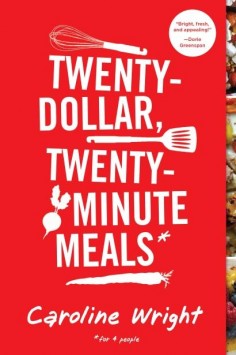
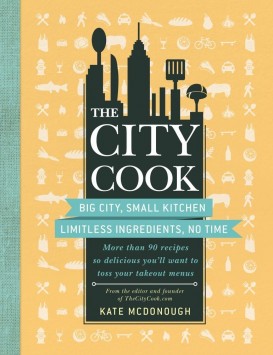
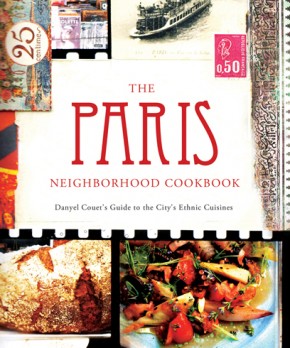
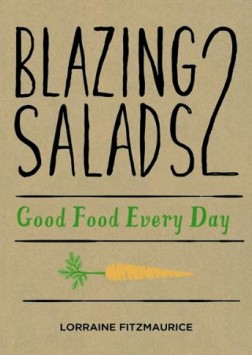
Leave a Reply